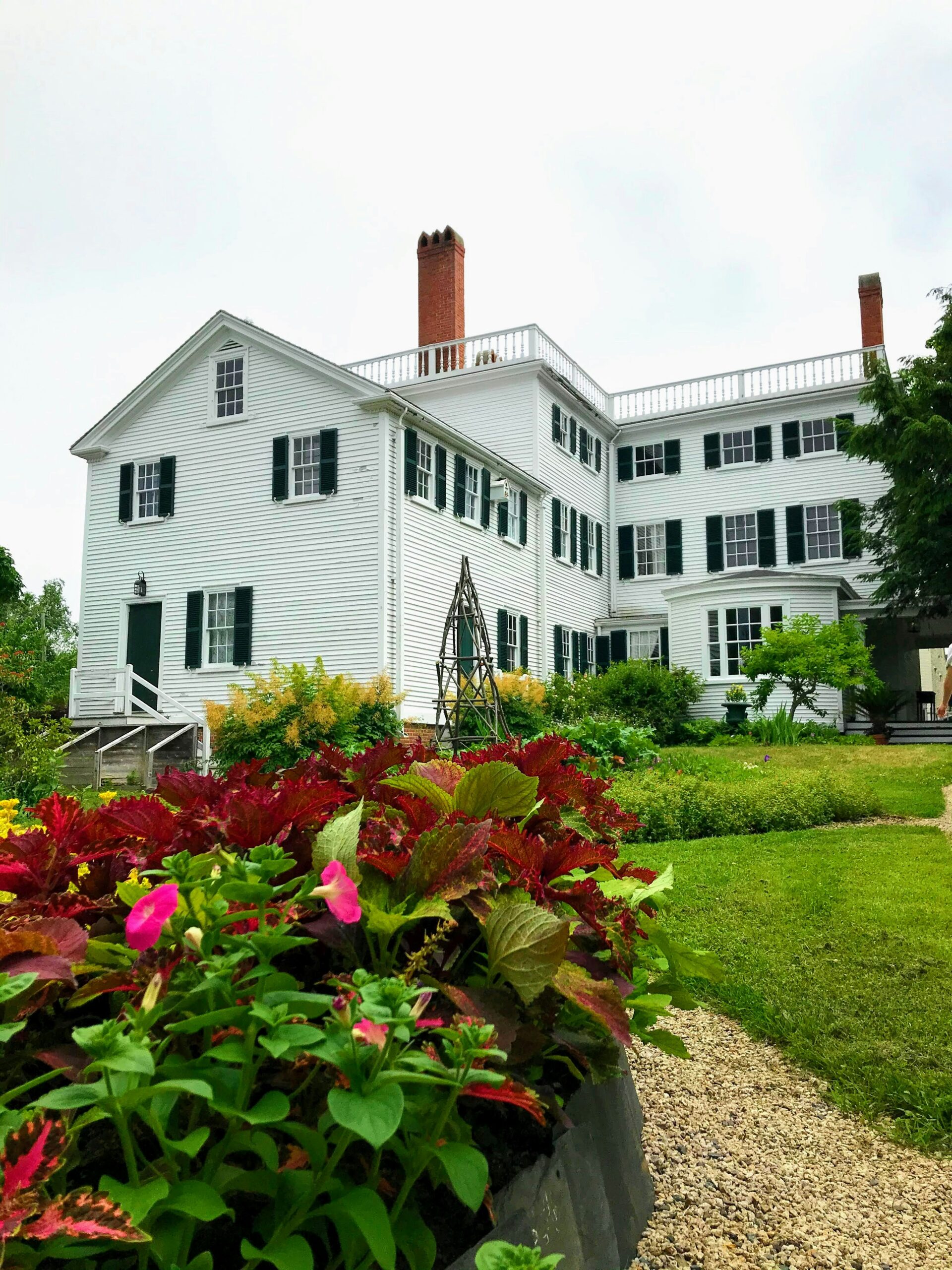Is Your Landscaping Business Covered for the Summer?
A Strategic Guide to the Insurance, Risk Gaps, Seasonal Loss Control
With warmer weather driving increased demand for landscaping services, now is the time to ensure your insurance coverage is properly aligned with your operations. Whether you’re managing a fleet of trucks, operating heavy equipment, or coordinating multiple crews across job sites, one unexpected accident could uproot your entire season.
Before things get too hectic, it’s critical to make sure your insurance coverages and safety protocols are prepared for your team. Here’s a breakdown of what your landscaping business needs to stay protected, productive, and profitable all season long.

Coverage Essentials
Every landscaping business, whether a small local operation or a large regional provider, should have a foundational set of insurance coverages to mitigate risk and ensure compliance. The following policies are considered essential:
- AGeneral Liability Insurance
This coverage protects the business in the event of third-party bodily injury or property damage. For instance, if debris from a mower causes damage to a client’s window or injures a bystander, this policy responds.
- ACommercial Auto Insurance
Vehicles used for business purposes, including trucks and trailers, require commercial coverage. Personal auto policies generally exclude claims arising from business use.
- AInland Marine Insurance
Equipment frequently transported between job sites, such as mowers, trimmers, and blowers, is not typically covered under commercial property insurance. Inland marine coverage insures this mobile property.
- AWorkers' Compensation Insurance
As labor-intensive operations increase in warmer months, the risk of heat-related illnesses and physical injury grows. Workers’ compensation provides medical benefits and wage replacement for injured employees.
- ACommercial Umbrella Insurance
This policy extends liability limits above those of general liability, commercial auto, and employer’s liability. It is a vital buffer against catastrophic claims.
Common Coverage Gaps to Avoid
Even well-insured landscaping companies may unknowingly face critical vulnerabilities in their insurance programs. Common oversights include the following:
- ASubcontractor Coverage
Many landscaping firms rely on subcontractors for specialized tasks. If subcontractors are not independently insured, liability may fall on the hiring company’s policy.
- ASeasonal or Temporary Employees
Business owners often increase staff during peak months. Failure to update workers’ compensation policies to reflect additional headcount can result in denied claims or costly audits.
- ANon-Owned or Rented Equipment
Equipment rented for large projects or borrowed from other contractors may not be covered under standard policies. Specific endorsements or inland marine extensions may be necessary.
- AUnlisted Vehicles and Trailers
Commercial auto policies only provide a 30-day extension of coverage for newly purchased autos and trailers. Each vehicle or mobile unit should be scheduled explicitly on the policy.
Seasonal Loss Control: Best Practices
Insurance serves as a critical safety net when incidents occur, but the strongest risk management strategy is to remain proactive over reactive. By implementing robust loss control protocols, landscaping companies can help prevent accidents before they happen and ensure safer, more efficient operations throughout the busy season:
- AHeat Illness Prevention
Develop protocols for hydration, rest breaks, and early recognition of symptoms. Training should include proper use of protective clothing and equipment.
- ADaily Equipment Inspections
Require crews to inspect equipment before and after use. Preventative maintenance can mitigate mechanical failures and safety hazards.
- AFleet Safety Training
Educate drivers on route planning, trailer safety, and defensive driving techniques. Accidents in transit represent a significant exposure to landscaping fleets.
- AJobsite Safety Meetings
Brief crews at the start of each day regarding specific site risks, emergency procedures, and expected conduct. Routine communication fosters safety accountability.
Why Now Is the Time to Review Your Policies
As business rolls in this summer, so do the risks. As operations expand, businesses may outgrow the protections provided by their current policies. Key reasons to review include:
- AIncreased Exposure
Warmer months bring more jobs, more travel, and more workers, which heightens liability.
- ACoverage Relevance
Equipment additions, personnel changes, and new service offerings may render existing coverage inadequate.
- AFleet Safety Training
Educate drivers on route planning, trailer safety, and defensive driving techniques. Accidents in transit represent a significant exposure to landscaping fleets.
- ACarrier Audits
Insurance audits often occur at the end of policy terms. Underreported payroll or unclassified roles can result in unexpected costs.
- AClaim Volume
Statistically, most claims in the landscaping industry occur during spring and summer. Being underinsured during these months could be financially devastating.

While warm weather drives opportunity, it also increases exposure to accidents, equipment damage, and workforce-related liabilities. By understanding your coverage needs, identifying potential gaps, implementing seasonal safety measures, and reviewing policies before claims arise, you can protect your business and position it for long-term success.
Consulting with an experienced insurance advisor who understands the specific challenges of the landscaping industry can make a significant difference. Now is the time to ensure that your business is fully protected, before the next call, the next crew dispatch, or the next unforeseen incident.
From coverage optimization to loss control support, we help you reduce exposure and protect your bottom line during peak season. Have questions about your current policy or risk strategy? Call us at 469-788-8888 or email us at admin@towerstreetinsurance.com.
